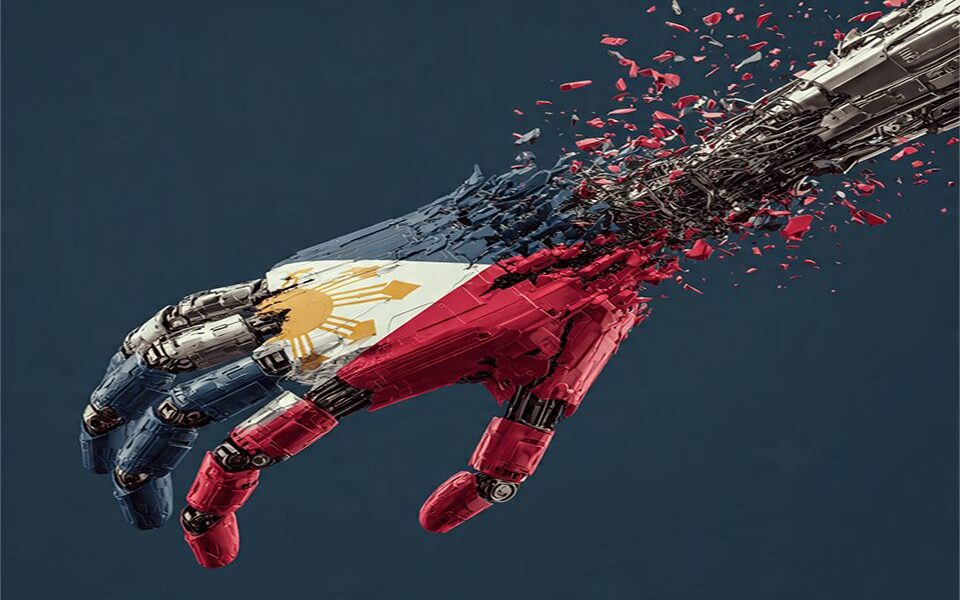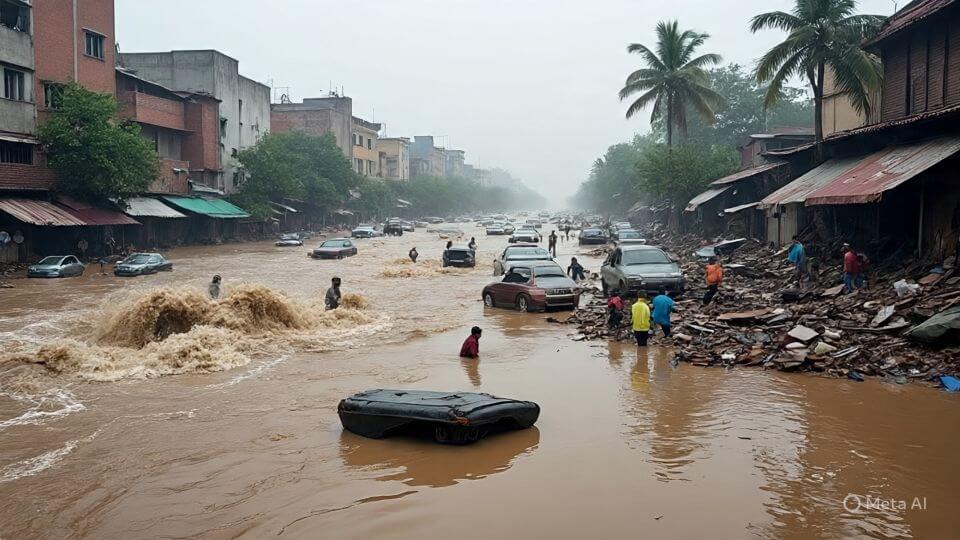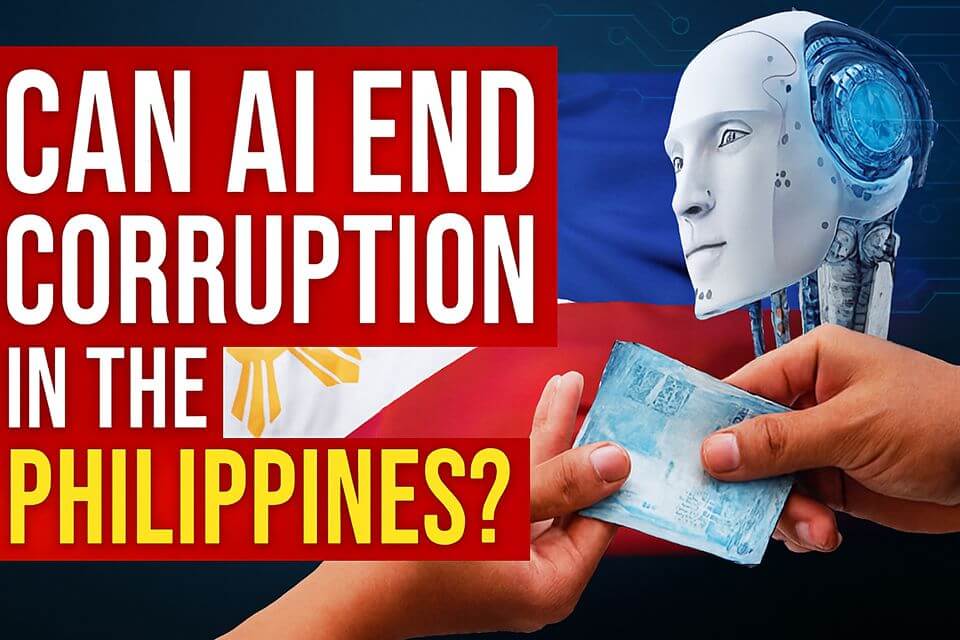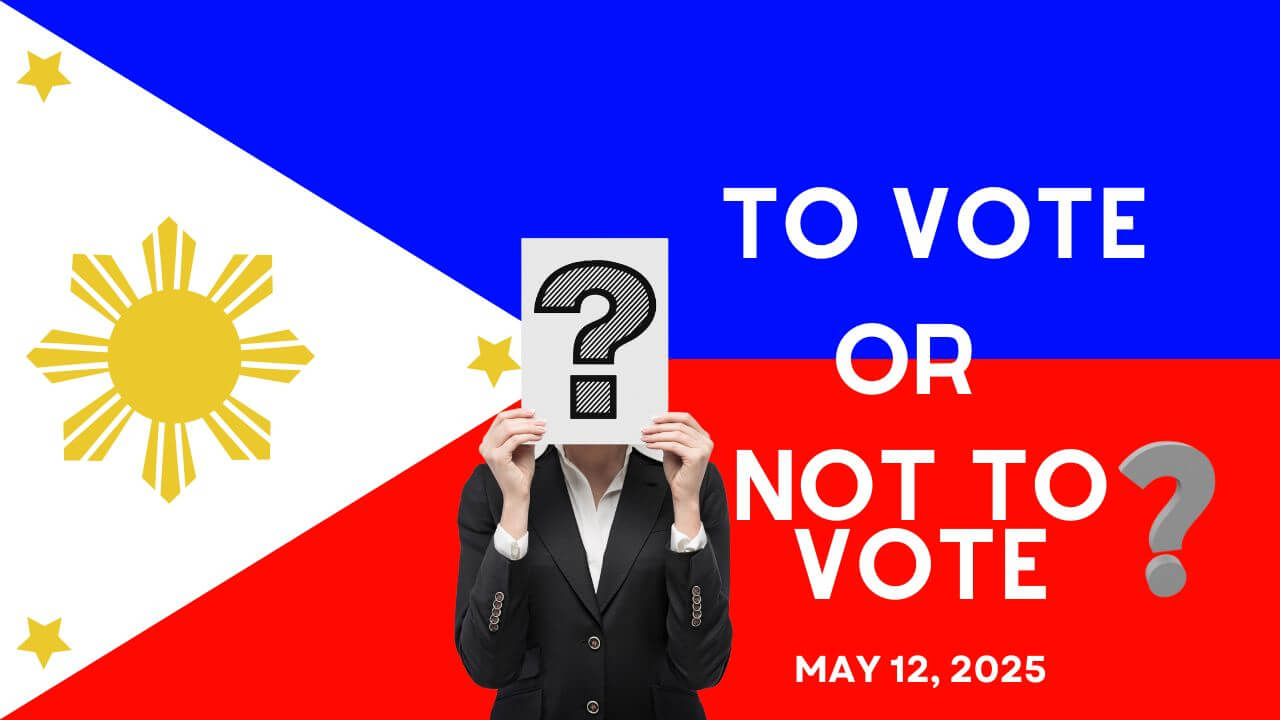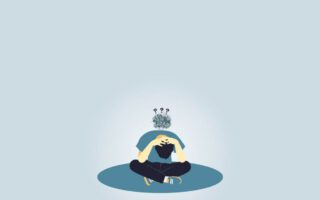We asked AI one of the most difficult and controversial questions facing the Philippines: Can blockchain technology stop extreme corruption?
The answer is both exciting and sobering. While blockchain is a revolutionary tool that can make corruption infinitely harder, it is not a magic solution that can fix deeply rooted human problems like greed and lack of political will. It’s a powerful defense shield, but it cannot stop the bullet before it leaves the gun.
Think of it this way: blockchain is a powerful, unhackable digital record book. But if the person writing in the book is a liar, the book still records the lie. We need to understand this distinction to truly leverage AI and technology against the forces of kotong (bribe money) and impunity.
The Real Enemy: Corruption Starts at the Ballot Box
Understanding the problem is the first step in solving the problem.
The biggest problem with corruption in the Philippines isn’t just a faulty accounting system; it’s a faulty selection system. The harsh, undeniable truth is that the money heist begins on the election heist, and no system can truly help until we fix the selection process.
The cycle of corruption begins with vote buying and even buying opponents not to run against a candidate. As long as the voters can be bought, the system will deliver corrupt officials, and corruption never ends. A sophisticated blockchain system tracking millions of pesos means nothing if the person overseeing that system paid millions in bribes to secure their office in the first place.
This is the failure that leads directly to Ghost Projects: AI Is Not Missing—We’re Just Ignoring It.
While corrupt officials deliver imaginary ghost projects with padded budgets, real solutions powered by AI are quietly proving their worth and being ignored:
- Valenzuela’s AI-IoT flood warning system uses sensors and machine learning to predict floods in real time.
- FloodFinder, a palm-sized device, gives barangays (villages) early alerts—it’s solar-powered with no internet required.
- DICT and JICA’s Spectee platform analyzes social media, weather, and live cams to visualize disaster risks across cities.
These tools are scalable, affordable, and already deployed. But they don’t come with ribbon-cuttings or ghost budgets—so they’re ignored and overshadowed by corruption.
- This is why some are asking: Can AI End Corruption in the Philippines?
- And this is why we must decide whether to be part of the solution: Why Vote Anyway? Let AI Decide or the Corrupt Will Do It For You.
What Exactly Is This “Blockchain” That Can’t Be Cheated?
At its simplest, blockchain is a type of digital ledger (a record book) that is shared, public, and immutable (cannot be changed). It’s not controlled by one person or one government office; it is copied and verified by thousands of computers.
| Feature | Why it matters against Corruption |
| Decentralized | No single point of failure or control. No official can secretly change records in their office. |
| Transparent | The history of all transactions is publicly viewable, allowing citizens to audit the flow of public funds. |
| Immutable | Once money or a title is recorded, it cannot be erased or altered. This prevents covering up tracks. |
Export to Sheets
Too Cryptic, Explain Like I’m 12:
Imagine you have a big glass jar filled with candies, and the jar is the blockchain. Every time someone takes or puts in a candy, they have to write it down on a piece of paper, and that paper is glued to the outside of the jar for everyone to see.
Now, let’s say a thief takes 5 candies. They can’t just erase the paper, because the glue is super strong (that’s the math lock). But here’s the problem: The thief can write on the paper that they only took 2 candies. The paper can’t be changed, but the number written on it was a lie from the start.
Blockchain solves the changing problem, but it doesn’t solve the lying problem! That’s why we need honest people to input the data.
Why Blockchain is NOT a Magic Cure? (The “Garbage In” Problem)
The AI’s answer is clear: Technology cannot fix human dishonesty. Blockchain is excellent at preventing data manipulation after the fact, but corruption often happens before the data is even recorded.
- The Overpricing Lie: If an official falsely claims a road repair cost ₱500 million when it should have only cost ₱250 million, and the ₱500 million transaction is recorded onto the blockchain, the blockchain simply verifies that the ₱500 million was sent. It doesn’t know that ₱250 million was pocketed (the ghost money). The corruption happened outside the system when the price was set.
- Lack of Political Will: Blockchain requires immense investment, legislative change, and genuine commitment. If the officials were bought into office, they have no incentive to use a system that exposes their crimes.
How Can Blockchain Be Used to Fight Corruption in the Philippines? (The Diskarte Solution)
Despite its limitations, blockchain can be the ultimate tool for transparency—our best diskarte (resourcefulness) against corruption.
- Public Fund Tracking: Using a blockchain to track every single peso from the national treasury down to the recipient. This creates an unbreakable, public audit trail. Citizens could check online and ask, “Why did this specific ₱10 million project cost this much?”
- Land Titles (The Lupa Problem): Placing land titles on a blockchain would create a single, irrefutable record of ownership, ending bribery and fraud in land disputes.
- Voting Integrity: A secure digital voting system could guarantee that every vote is counted exactly once and that the final tally is publicly auditable. This tackles one half of the election heist problem.
The fight against corruption is a mix of tech and sheer human puso (courage). Blockchain gives us the mirror; we just need the will to look into it and act on what we see.
Conclusion: Technology and Citizen Action
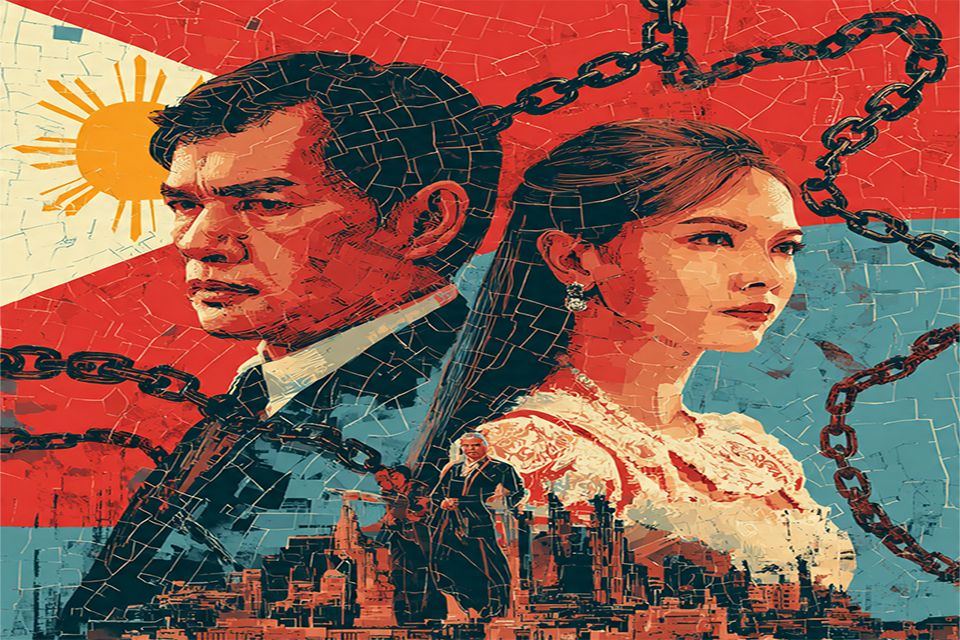
We know that data is the new oil in the AI era, and technology like blockchain runs on that data (Read more: Data as the New Oil in the AI Era). But in a country still run by patronage politics—where loyalty and connections often outweigh competence—to whom shall we trust this precious data? The answer lies not just in the code, but in the people who control the power switch.
Blockchain is the perfect tool for a transparent government, but it requires a foundation of honesty to thrive. The greatest defense against corruption is not complex code, but a vigilant, unbought citizen. We must first fix the ballot box so that only honest hands control the blockchain, guaranteeing a better tomorrow for the Philippines.
Sources Cited:
- Flood Control Scandals Philippines AI: https://www.aiwhylive.com/flood-control-scandals-philippines-ai/
- Can AI End Corruption in the Philippines?: https://www.aiwhylive.com/can-ai-end-corruption-philippines/
- Why Vote Anyway? Let AI Decide or the Corrupt Will Do It For You: https://www.aiwhylive.com/why-vote-anyway-let-ai-decide-or-the-corrupt-will-do-it-for-you/
- Data as the New Oil in the AI Era: https://www.aiwhylive.com/data-new-oil-ai-era/
- The AI Verdict: Can Blockchain Finally End Extreme Corruption in the Philippines? (as featured here)
